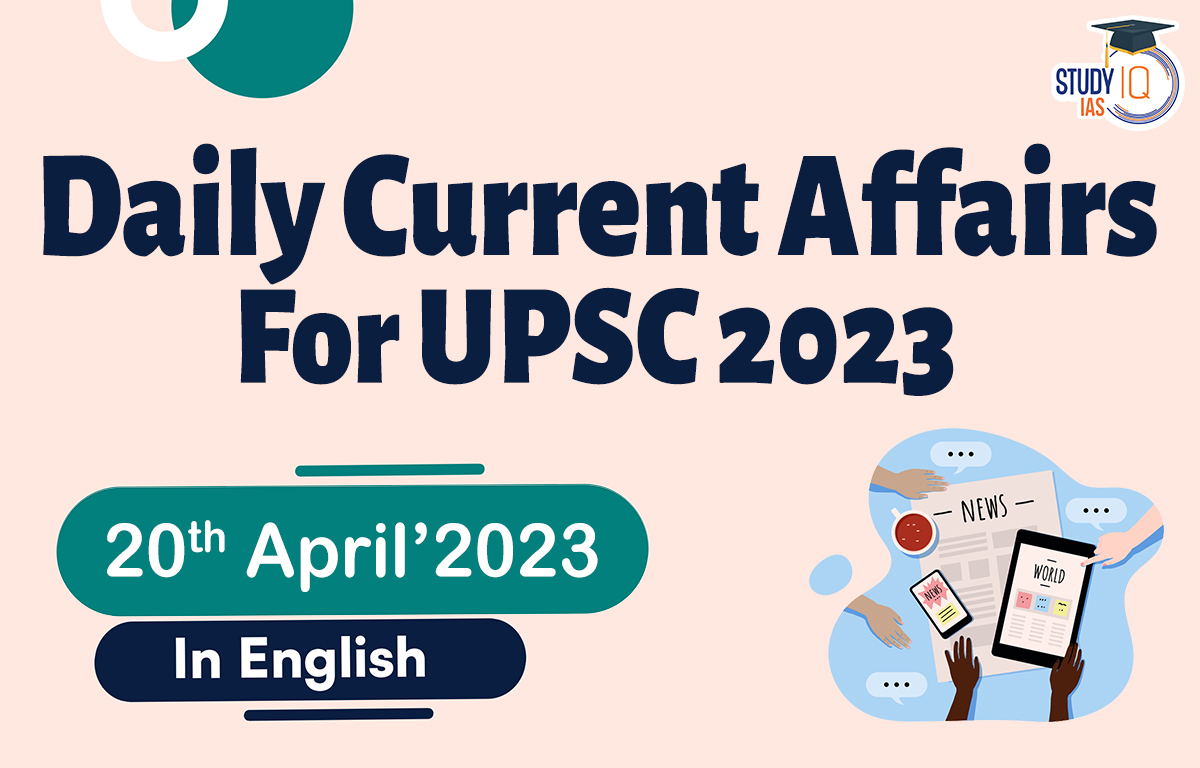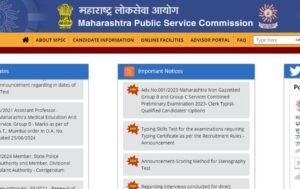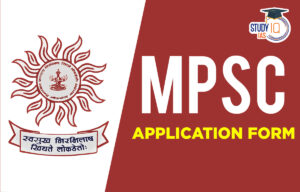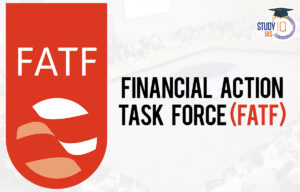Daily Current Affairs for UPSC 2023
Q) Which of the following statements is not correct:
- Fat refers to the lipid content in milk
- Dairy farming is a labour-intensive activity in India.
- India’s milk production remained stagnant in the 2022-23 fiscal
- Current price deflation in milk in India is due to shortage of milk fat
Daily Current Affairs for UPSC – 19 April 2023
Explanation:
- Option (1) is correct: Several cooperative federations of India, including Amul, Nandini, and Aavin, have raised milk prices due to a shortage of fats. Fat refers to the lipid content in milk. SNF (Solid Not Fat) refers to the non-fat components of milk, such as protein, lactose, and minerals.
- Option (2) is correct: One the reason for the current increase in milk prices is the increase in the cost of labour. Dairy farming is a labour-intensive activity in India, and the wages of labourers have been increasing due to inflation and the implementation of minimum wage laws.
- Option (3) is correct: India’s milk production remained stagnant in the 2022-23 fiscal while the domestic demand grew by 8-10% in the same period because of a rebound in the post-pandemic demand. Lumpy skin disease, a deadly viral infection, assumed epidemic proportions last year and is estimated to have killed nearly 185,000 cows and buffaloes in eight states.
- Option (4) is incorrect: The average retail price of milk in India has increased by 12% from a year ago (2022), which is causing concern among consumers and policymakers. The current price inflation in milk has mainly to do with a shortage of fat. It has led dairies to increase full-cream milk prices more or to cut down fat content through the rebranding of existing products.
Q) Consider the following statements with respect to Natural Gas in India:
- India aims to increase its natural gas share of the energy basket to 30% by 2030.
- In 2016, the Central Government replaced New Exploration Licensing Policy with Hydrocarbon Exploration & Production Policy.
- Recently, Union government has announced a new natural gas pricing regime on the recommendations of Kirit Parikh committee.
Which of the statements given above is/are correct?
- 1 and 2 only
- 1 and 3 only
- 2 and 3 only
- 1, 2 and 3
Explanation:
- Statement 1 is incorrect: India aims to increase the share of natural gas in the energy basket from 6.4 percent currently to 15 percent by 2030. Currently, around 45-50% of the gas consumption in the country is met through imports.
- Statement 2 is correct: Prior to 1990’s, the production of gas in India was very tightly controlled by the Central Government. Between 1990 and prior to implementation of NELP, the Government awarded 28 Exploration Blocks to private companies to increase their participation. New Exploration Licensing Policy (NELP) was approved in 1997. In 2016, the Central Government replaced NELP with Hydrocarbon Exploration & Production Policy (HELP) which was a step towards improving the ‘Ease of Doing Business’ in the Indian Exploration and Production (E&P) sector.
- Statement 3 is correct: The Cabinet Committee on Economic Affairs recently approved the revised domestic natural gas pricing guidelines for gas produced from nomination fields of Oil and Natural Gas Corporation (ONGC), Oil India Limited (OIL), New Exploration Licensing Policy (NELP) blocks and pre-NELP blocks, where production sharing contract provides for government’s approval of prices. In this context, the Union government has announced a new natural gas pricing regime based on the recommendations of Kirit Parikh committee. Consequently, the piped natural gas (PNG) and compressed natural gas (CNG) will cost less in India.
Q) Consider the following statements:
- At present, India is the largest producer of milk in the world.
- Uttar Pradesh is the highest milk producing states in India.
- The milk production of India has witnessed more than 50% increase during the last eight years.
How many statements give above is/are correct?
- None of the above
- Only one statement
- Only two statements
- All three statements
Explanation:
- Statements 1 and 3 are correct: During the 1950s and 1960s, the situation was radically different. India was a milk-deficit nation dependent on imports, and the annual production growth was negative for several years. But, today, According to production data of Food and Agriculture Organization Corporate Statistical Database(FAOSTAT), India is the highest milk producer i.e., rank first position in the world contributing twenty-four percent of global milk production in the year 2021-22. The milk production of India has registered fifty-one percent increase during the last eight years i.e., during the year 2014-15 and 2021-22 and increased to twenty-two crore tonne in the year 2021-22.
- Statement 2 is incorrect: Rajasthan (15.05%), Uttar Pradesh (14.93%), Madhya Pradesh (8.6%), Gujarat (7.56%) and Andhra Pradesh (6.97%) are the major milk producing states in India. They together contribute 53.11% of total Milk production in the country.
Q) Which of the following statements is not correct?
- India is the largest food producer in the world.
- India is the largest producer of millet in the world.
- India runs the world’s largest food subsidy programme in form of Public Distribution System.
- India runs the world’s largest nutrition programme for children and women in form of POSHAN Abhiyaan.
Explanation:
- Option (1) is incorrect: India is the second largest food producer in the world and a global agri-export powerhouse. Apart from selling its produce on international market, India has been providing food to developing countries on humanitarian grounds.
- Option (2) is correct: India is a major producer of millets in the world, accounting for 80% of Asia’s production and 20% of global production. Moreover, India, Nigeria and China are the largest producers of millets in the world, accounting for more than 55% of the global production. India produces more than 170 lakh ton ( 80% of Asia’s & 20% of global production) of millets. The global Millets market was valued at $9.95 Billion in 2020 and is projected to reach $14.14 Billion in 2028, growing at a CAGR of 4.5% from 2021 to 2028 .
- Option (3) is correct: India runs the world’s largest food subsidy programme in form of Public Distribution System, which provides nearly 800 million citizens with subsidized grains.
- Option (4) is correct: India has also initiated the world’s largest nutrition programme for children and women in form of Prime Minister’s Overarching Scheme for Holistic Nutrition (POSHAN) Abhiyaan.
Q) Consider the following statement with respect to the Jammu & Kashmir Public Safety Act (PSA):
- It allows to detain a person above the age of 16 years up to two years without a trial.
- The detaining authority need not even inform the detained individual as to the reason for the action.
- When a person is arrested under the PSA, he/she only has legal rights before the Advisory Board to prove that their detention is illegal.
Which of the statements give above is/ are correct?
- 1 and 2 only
- 1 and 3 only
- 2 and 3 only
- 1, 2 and 3
Explanation:
- Option (1) is correct: The Jammu & Kashmir Public Safety Act (PSA) was introduced in 1978. It is a preventive detention law that allows the State government to detain a person above the age of 16 up to two years without a trial. The PSA allows for administrative detention for up to two years “in the case of persons acting in any manner prejudicial to the security of the State”, and for administrative detention up to one year where “any person is acting in any manner prejudicial to the maintenance of public order”. According to Section 13(2), the detaining authority need not even inform the detained individual as to the reason for the action. When a person is arrested under the PSA, they do not have legal rights before the Advisory Board to prove that their detention is illegal.


 MPSC Rajyaseva 2025 Notification, Eligib...
MPSC Rajyaseva 2025 Notification, Eligib...
 MPSC Application Form 2025, Apply Online...
MPSC Application Form 2025, Apply Online...
 Financial Action Task Force (FATF), Func...
Financial Action Task Force (FATF), Func...





















